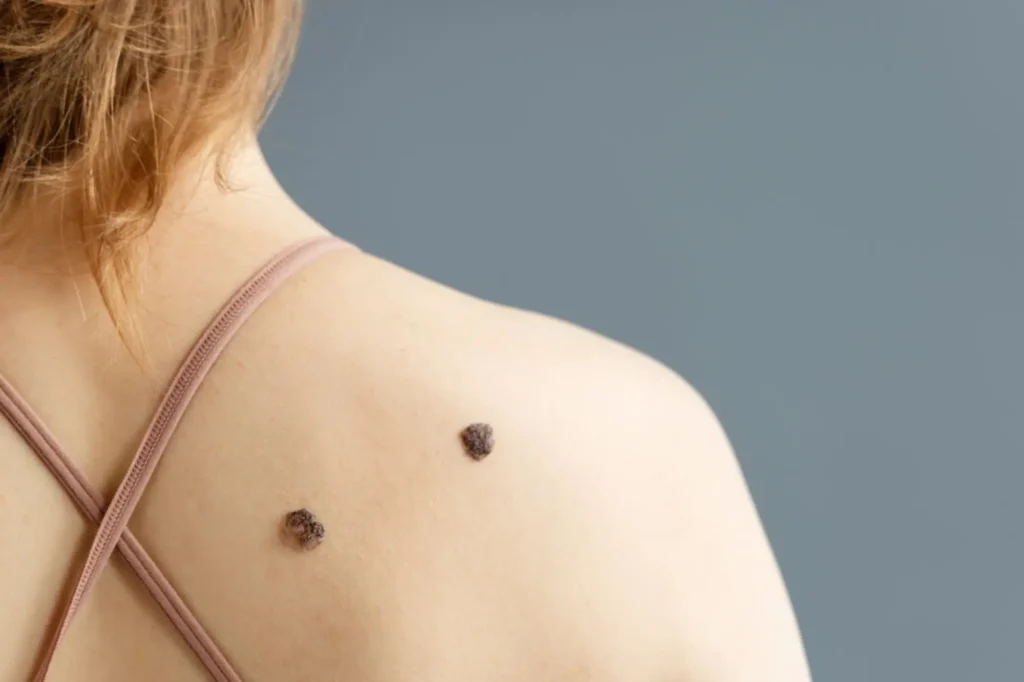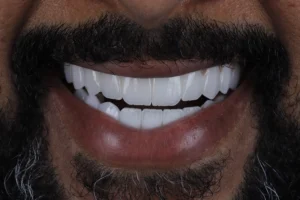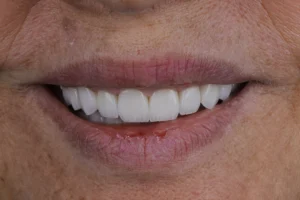Introduction
Skin tags are small, benign growths that form in the skin. They are also called acrochordons. Skin tags can be found anywhere on the body, but they’re most common on the neck, under arms and in the groin area. They’re about half an inch long and can be soft, hard or flat. Skin tags typically don’t cause any pain or discomfort unless irritated by shaving or jewelry, according to Mayo Clinic.
Cryotherapy:
Cryotherapy is a procedure that uses liquid nitrogen to freeze skin tags, moles, warts and other benign growths on the body. Cryotherapy can also be used to treat skin cancers that have not spread beyond their original location (stage 1) or have been removed by surgery but left behind a scar (stage 2).
Cryotherapy works by freezing the area with liquid nitrogen until it becomes numb or frostbitten. The cold temperature causes cell death in the targeted area without damaging surrounding tissue because of its lack of oxygen supply; this causes the targeted cells to fall off within two weeks after treatment. Side effects include pain during application and blistering at the site of application; these symptoms usually subside within one week after treatment but may last up to two months depending on how large the affected area was before treatment began.
Because cryotherapy requires no anesthesia beyond local numbing cream applied prior to each session, there’s no need for hospitalization while undergoing this procedure either! Most people prefer going through this process at home rather than being admitted into hospital overnight just so they can get rid of unwanted growths faster than usual–but if you’d rather stay overnight somewhere else then we recommend calling ahead first so staff knows what kind of accommodations will best suit your needs beforehand.”
Excision:
An excision is a surgical procedure performed by a doctor to remove skin tags, moles and warts. The procedure can be done in the doctor’s office or in the hospital under local anesthesia. It is usually done with a scalpel but sometimes scissors or lasers are used as well.
In most cases, you will not feel any pain during or after your surgery because local anesthesia is used so that only specific parts of your body receive numbing medicine before surgery begins; however, if you do have some discomfort following surgery (which happens rarely), ask your doctor if they recommend any medication for pain relief
Curettage & Electrodesiccation:
Curettage and electrodesiccation is a procedure used to remove skin tags. During this process, a sharp blade is used to cut off the base of the skin tag while electrical current passes through it to prevent bleeding. The procedure can be performed on any part of your body but it’s not recommended for use on keloids or large moles because those require other methods of removal (see below).
Laser Resurfacing:
Laser resurfacing is a type of skin resurfacing. It uses a laser to remove damaged, dead skin cells and treat wrinkles, scars, and sun damage.
It can also be used to treat skin tags (small growths on the body) and moles (small lumps on the skin).
Electrocautery & Laser Resurfacing Combo Treatment:
The procedure involves removing the skin tags, warts, moles and keloids using a combination of electrocautery (burning) and laser resurfacing. The electrocautery removes the excess tissue while the laser helps with scarring. This treatment can be done in an hour or less depending on how many moles you have to be removed. The cost will vary depending on where you go but expect to pay anywhere between $300-$600 per session depending on what type of facility you choose (private practice vs dermatologist office). The recovery time is usually minimal as well; most people are able to return back to work within one week but may experience some tenderness during this time period which lasts anywhere from 2-7 days after surgery depending on individual factors such as age and overall health condition prior surgery date itself occurred at least three days prior so nothing else happens before hand like eating spicy foods etc., etc.. The results will depend upon how long ago someone decided upon having cosmetic surgery performed upon themselves because over time scar tissue tends become more prominent especially during pregnancy periods where hormonal levels change dramatically causing increased blood flow around affected area.”
You should have a dermatologist look at the skin tags.
You should have a dermatologist look at the skin tags. It’s best to get a second opinion from another dermatologist if you are uncertain as to whether or not it is necessary for removal. Do not try to remove the skin tag yourself, as this could lead to infection or scarring. Over-the-counter products will not work on them either – they are made with powerful ingredients that can cause discomfort and pain on sensitive areas like around the eyes or lips.
Conclusion
We hope you have a better understanding of the different treatment options available for skin tags. Remember, it is important to consult with a dermatologist before undergoing any procedure.





